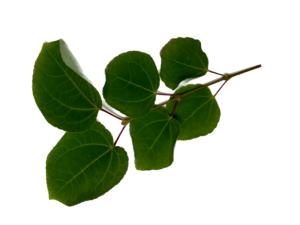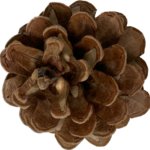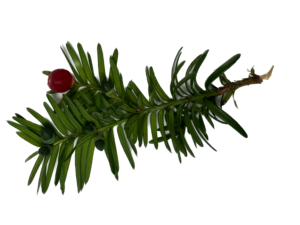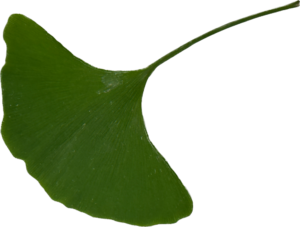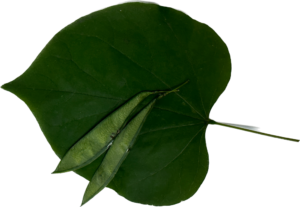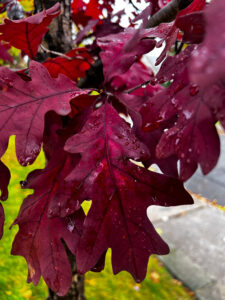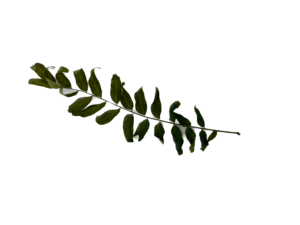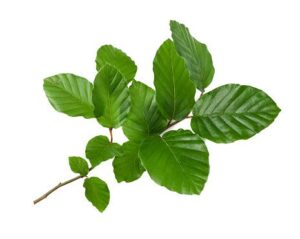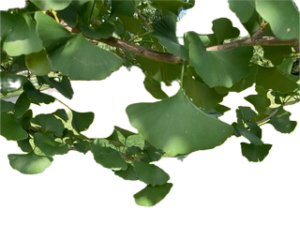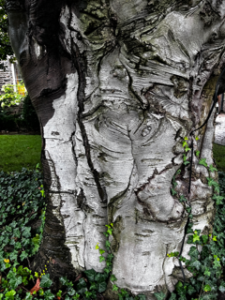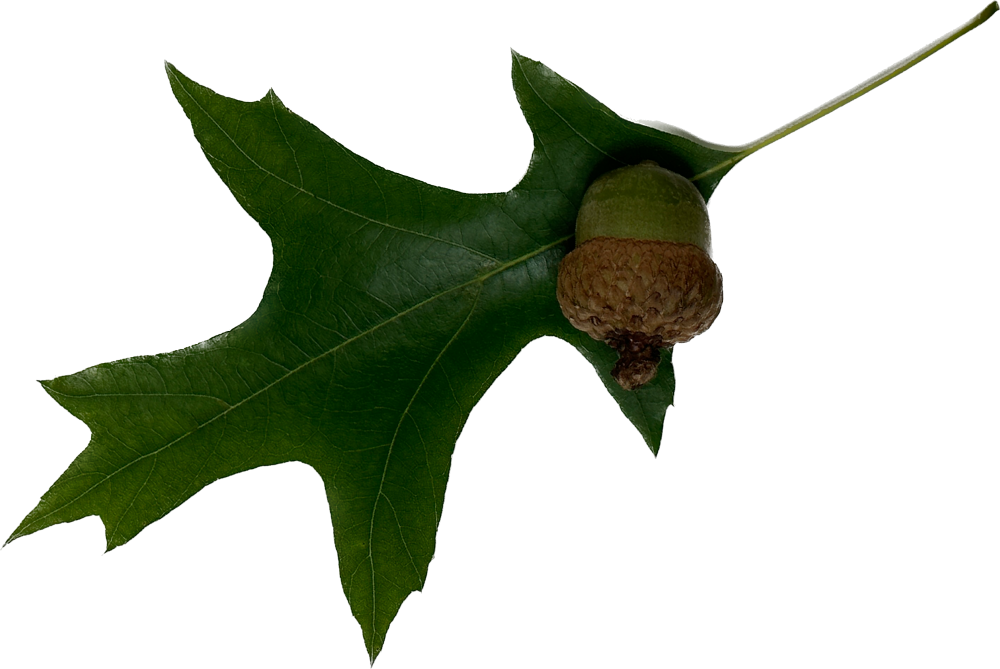Trees have different shapes, leaves, flowers, buds, and bark, and it is this diversity that makes these gigantic plants interesting. Those differences also provide clues to their identities.
You will see deciduous and coniferous trees, many not seen in other parts of Canada. The climate in Niagara-on-the-Lake supports tree species that are found typically in the southern parts of the United States. Some of these species are known as Carolinian, referring to North and South Carolina.
The Carolinian region in Canada covers the southern part of Ontario and is located between three of the Great Lakes: Lake Erie, Lake Huron, and Lake Ontario.
For those who are interested in learning more, there are online resources, including plant identification apps that identify most plants using a photo of the bark, leaf, or flower and books that identify trees and help us understand how trees communicate.
You can find a list under Resources.

